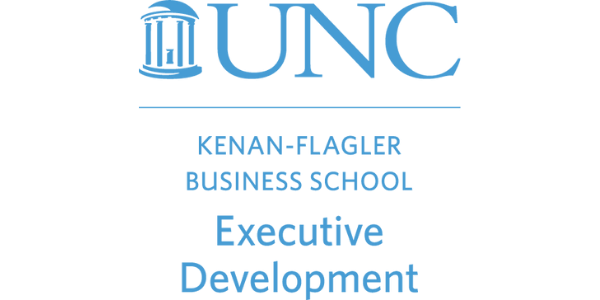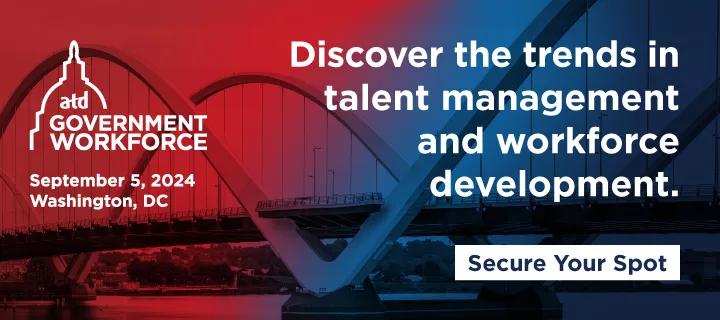ATD Blog
Learning by Doing (Nothing): How to Combat Action Bias in Your Organization
Mon Aug 05 2024

How do you respond when faced with an HR, talent, or learning and development (L&D) challenge in your organization? If you’re like most leaders, you usually choose to take some kind of action. Surprisingly, though, the best strategy is often to first do nothing at all. Instead, leaders must stop and think before they act.
What Is Action Bias?
As I wrote about in an article in the Wall Street Journal, we all have an action bias. From entry-level workers, to managers, to senior leaders, we feel constant pressure to be seen doing something to tackle our organization’s challenges rather than “nothing.” This is borne out by research: when my colleagues and I surveyed participants in our executive education classes, we found that managers feel more productive executing tasks than planning them.
Barrier to Organizational Learning
The challenge with action bias lies in its potential to undermine two of the most critical responsibilities for any organization’s workforce: learning and continuous improvement.
As my colleagues and I discuss in Why Organizations Don’t Learn, action bias hinders organizational learning in two ways. First, it promotes workforce exhaustion. Exhausted employees are too tired to learn new things or apply what they already know. This state of constant activity without adequate rest can lead to burnout, decreased productivity, and a lack of innovation.
Second, action bias impairs organizational learning through a lack of reflection. Being “always on” doesn’t give employees time to reflect on what they did well and how they can do better. This can hinder professional growth, as employees will miss opportunities to learn from their experiences.
How to Create a “Learning Organization”
HR, talent, and L&D leaders can help create a “learning organization” by taking the following steps to counteract action bias:
1. Build in breaks. Encourage employees to take breaks and vacations—and set an example by doing so yourself. Regular breaks help recharge energy levels and improve overall productivity.
2. Restructure the workweek. Consider banning meetings on Fridays and designating specific days for focused work without interruptions. You can also teach colleagues the importance of setting aside a short period each day to plan their agendas or reflect. These practices help us prioritize tasks and make more informed decisions.
3. Incorporate reflection. Make reflection a regular part of your organization’s routine. For example, the US Army’s after-action reviews provide structured opportunities to help teams understand what worked, what didn’t, and how to improve in the future.
4. Consider talent potential. When hiring and promoting, look for candidates who demonstrate a willingness to learn and adapt. Also provide your workforce with professional development opportunities, like executive education programs. These initiatives will motivate employees to try new things, acquire new skills, and craft innovative solutions.
In today’s fast-paced work environment, the pressure to stay constantly engaged often leads to action bias. This bias compels us to act without adequate reflection. To address this, HR, talent, and L&D leaders can cultivate an organizational culture that encourages employees to stop, think, and learn rather than immediately jump to action. By implementing strategies such as building in breaks and intentional reflection, leaders can foster a culture of development and continuous learning. This approach not only enhances decision making, but also promotes a balanced work environment that drives innovation and long-term organizational success.
More from ATD


